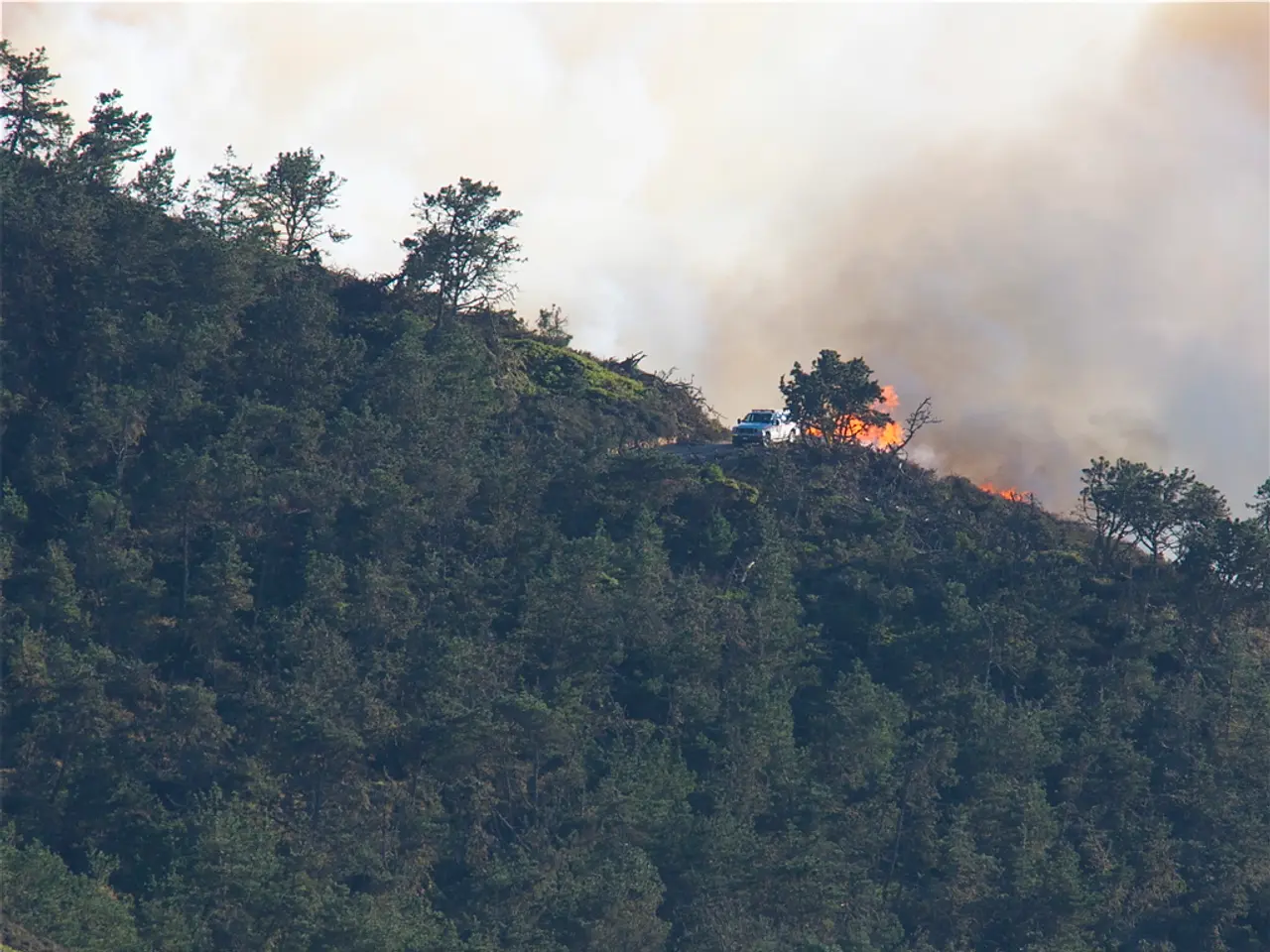Rain advisory canceled in Beijing following evacuation of tens of thousands
The city of Beijing and several other regions in China have been hit hard by heavy rains and flooding, with the northern suburbs and the southern coast bearing the brunt of the disaster. Last week, floods in Beijing's northern suburbs resulted in at least 44 deaths and 9 people missing, according to official figures.
The extreme rainfall, which occurred from July 23 to 28, accounted for about 40% of Beijing's annual average rainfall in just six days. The city upgraded its emergency response to Level-I, the highest level, reflecting the severity of the situation.
Financially, Beijing and neighboring provinces have received 550 million yuan (about 77 million USD) for flood relief efforts as of early August 2025. The government has focused on restoring crucial infrastructure such as roads, water supply, hospitals, and public service facilities to accelerate the return to normal production and daily life.
The recovery efforts are ongoing, with the municipal weather office imposing a red rainstorm warning on Monday, and lifting it Tuesday morning. In Miyun, where dozens died last week, most of the recent floodwater had receded on Tuesday. However, isolated downpours were warned across outlying parts of the city.
The National Commission for Disaster Reduction remains active, and specialized personnel have been deployed to assist with relief operations. Relief supplies including beds, clothing, quilts, and emergency lighting have been distributed in various flood-affected regions. Local officials have admitted to "gaps" in disaster readiness following the devastation.
China is the world's biggest emitter of greenhouse gases that drive climate change and contribute to making extreme weather more frequent and intense. The city's flood control headquarters provided this information to state news agency Xinhua. China aims to make its massive economy carbon-neutral by 2060, making it a global renewable energy powerhouse.
In summary, Beijing's post-flood recovery involves a comprehensive emergency response with high-level alerts, substantial financial support, infrastructure repair, and humanitarian aid deployment to affected residents. However, the situation remains serious due to the scale of the flooding and death toll. The city emphasizes the need to "restore the normal order of life and production in post-disaster areas as quickly as possible." The public security ministry has warned against spreading "rumors" that exaggerate the extent of natural disasters to create panic.
The weather-forecasting services issued a red rainstorm warning in Beijing on Monday, given the persisting threat of flooding following the heavy rains from July 23 to 28. Amidst the disaster, China's flood control headquarters acknowledged that the extreme flooding in Beijing is linked to the increasing frequency and intensity of such events due to global warming, being the world's biggest emitter of greenhouse gases.








